10 July 2018
Mid-year review of the 2018 tech trends: Is the 4th industrial revolution here?
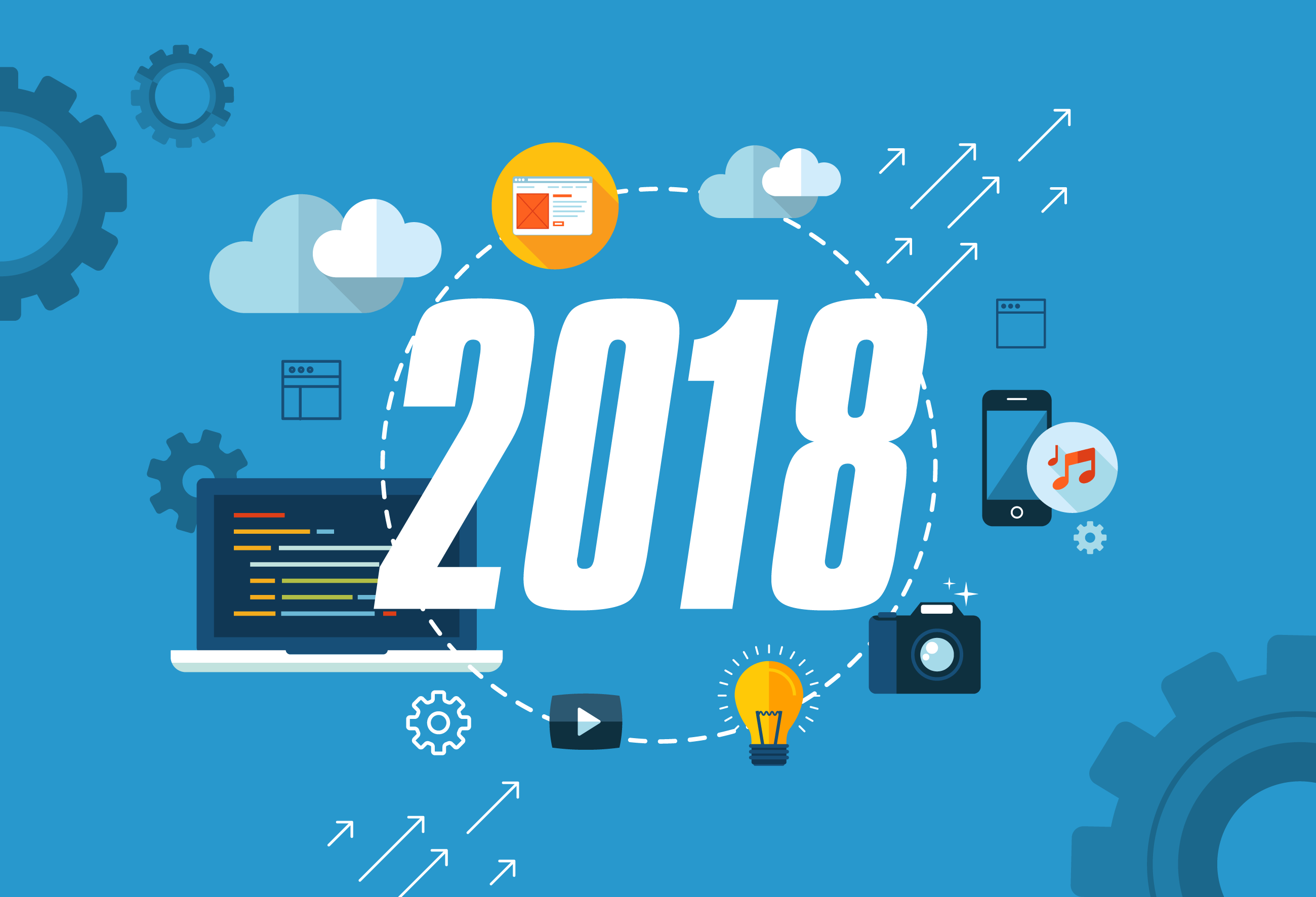
We’ve just reached the middle of the year. That’s the right time to revise some predictions about 2018 tech trends. Is it “the year of transition” indeed? Will blockchain, artificial intelligence, and virtual reality let us start a new industrial revolution? Or, maybe, we’re already witnessing the times of Industry 4.0?
What were some of the biggest technological trends rocking industries and communities in the first six months of 2018?
Three industrial revolutions
Industrial and technological changes are rapid these days. Sometimes, it’s difficult to be up to date with all the tech trends and fancy gadgets. But hey – it’s nothing new at all! Through the ages, innovations have always accompanied men. The first, historical example of perfecting industry by mankind is dated to the mid-18th century. It was the beginning of, the so-called, age of steam. And no, not the Steam we use to play video games – rather first steam engines. It helped to get a new source of energy and meant the emergence of mechanization. Some new changes came at the end of the 19th century with the age of electricity and production lines.
The newest industrial revolution was the age of computers which started in the 20th century. Nuclear energy, microprocessors and computers – it all shaped the technology we know nowadays. But obviously it’s not the end.
Last year was known as the “year of intelligence” when, for example, massive hard drive-to-cloud data migration began. 2018 is sometimes called the “year of transition”. Some people say we’re stepping into the age of Industry 4.0. But are we? Let’s try to find some answers below.
Predicted 2018 tech trends
High-tech enthusiasts and influencers love sharing their opinions about tech trends on social media or blogs. You might have noticed that recently they took a fancy to create lists of tech trend predictions. 2018 is no different at all.
Whilst researching the late-2017 and early-2018 forecasts, I’ve found a few lists with a variety of trends foretold by trendsetters. I’ve picked a few, most often repeated, and briefly revised them.
Blockchains
If you’re an active Internet user, you must have heard about blockchains. You may have your own opinion (positive or negative) or be neutral. But for the article’s purposes, let’s assume you haven’t heard a single word about blockchain. Then – what is it? The Internet says: “blockchain is a decentralized and distracting open-source directory based on P2P architecture. A growing list of records, so-called blocks – linked and secured. Each part contains a hash of the previous block, a timestamp, and transaction data. It might be used for transaction accounting, payment, or decentralized social networking – to name a few”. Sounds like black magic? In brief – it’s a decentralized database with plenty of potential functionalities.
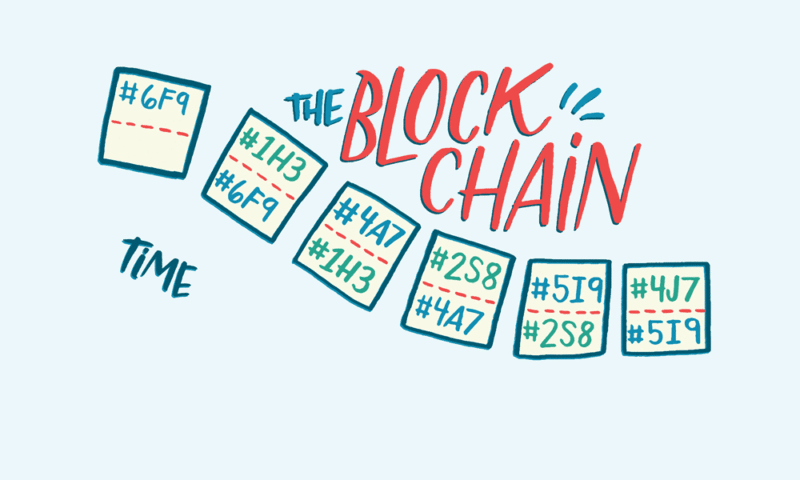
Michał Bacia has written in his post, 5 things to consider when developing blockchain software for the very first time, that “the technology scope and usability make it a powerful tool for software development” but he also added that “it’s still very new”. So, what was the first half of 2018 for blockchains?
Popularity wise – it’s huge. When I’ve asked one of the blockchain enthusiasts, professor Emin Gün Sirer from Cornell University for his opinion, he responded:
“2018 was the year when ICOs (Initial Coin Offerings) took off, and blockchains started to provide some new functionality to supplant traditional VC (Venture Capital) funding. The price action is immaterial in the long term”.
He also pointed out that “what matters now are new use cases, new forms of liquidity, and more inclusive finance, as demonstrated with the ICO market”. It’s difficult to disagree. Japanese employers consider paying workers in bitcoins and the real estate market is planning to use blockchain to gain more transparency. The Australian government is investigating the potential of using the technology and it has already been successfully implemented during the election in Sierra Leone.
Sounds good, right? Even though most of the information is rather positive, there are some alarming voices either. Blockchains and cryptocurrencies are considered to be safe, but recently we hear more and more about successful cyber attacks. American economist, Warren Buffet, said that bitcoin is “probably rat poison squared” and warns investors to avoid cryptocurrencies.
We can notice that the positive aspects of blockchains seem to prevail. It’s definitely worth keeping an eye on this technological trend but also staying reasonable.
Progressive Web Applications (PWAs)
Another 2018 tech trend isn’t as famous as blockchains but may turn the tech world upside down. Progressive Web App (PWA), a new type of web app, works as a website, but it looks like a mobile application. What’s more, some of its functions work offline. Sounds tempting?
PWAs are more and more popular and all the big fish like Microsoft, Google and Apple are watching this space. We can already use progressive versions of Instagram, Twitter or AliExpress.
Some of the PWAs enthusiasts, like blogger Jon Stødle, seem to be certain: “PWAs are going to eat the (app) world”, as per the title of his blog post.
But a lot of potential users are reluctant – they don’t want to give their browsers more data access. Of course, both sides are exaggerating. Then, what’s going on with these PWAs?
First of all, PWA will always be a website. Nothing more, but a website with push notifications – pretending to be an app. Users don’t have to install it, but they need to add a shortcut to the menu and wait until it’s done. You can use it offline. But what can you do with, let’s say, Twitter with no Internet connection? Not that much… Only scroll down the recently saved feed. Also, PWAs aren’t fully compatible with all the operating systems and lack some crucial native/hybrid apps functions. But, on the other hand, PWAs may be a cheaper alternative for a hybrid app.
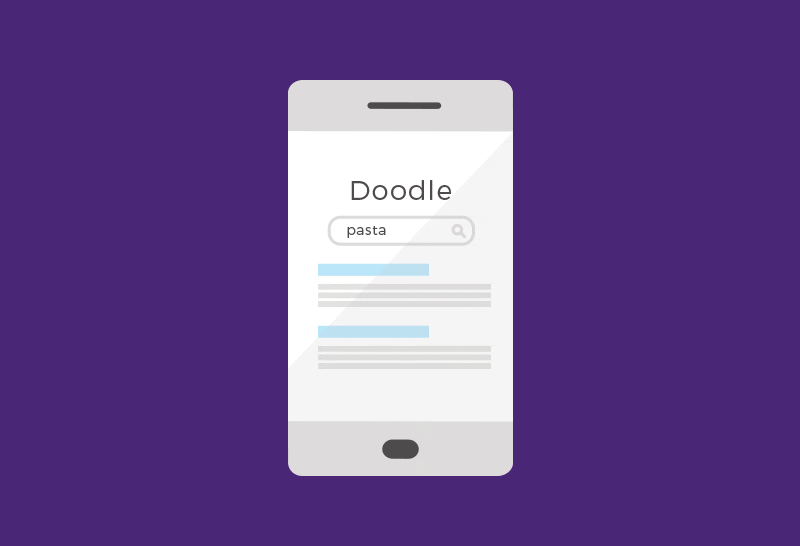
There are pros and cons, but, at the end of the day, it’s probably the big tech companies who will “help us decide” whether PWA is hot or not.
Internet of Things (IoT)
There are circa 9 billions of devices connected to the Internet at the moment. And the forecasts are overwhelming. Even up to 55 billion might be a part of the global network by 2025. Soon, we may live in a world where almost everything (home appliances, wearables) is smart. Let’s imagine a fridge preparing a shopping list for you or, at least, telling you what’s inside. This is the Internet of Things – another 2018 tech trend to focus on.
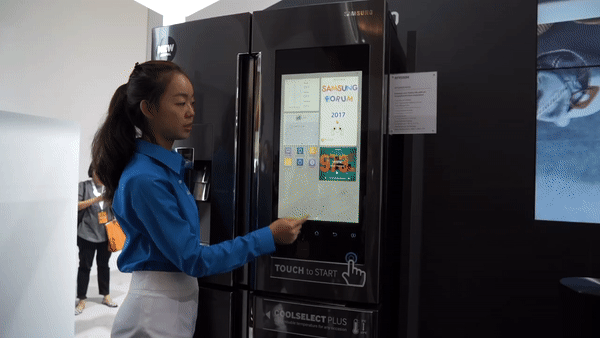
IoT is one of the most rapidly developing areas of technology. The idea now is to create a stable connection between various “smart” devices and it’s, in fact, getting more and more common. For example, you can start working on one device and continue it on another. Most of you are probably familiar with the Handoff functionality from Apple – letting you switch between macOS and iOS – but that’s not all. Let’s just say that Samsung’s smart fridge is able to mirror your Smart TV screen.
The most vulnerable point of Internet of Things is its security – a major threat, not only for enterprises but for all the people using connected smart devices.
Security should be an area for IoT improvement in the second half of 2018 and some companies are already using blockchains to improve security. No one really wants their fridge to be hacked, right? But it shows another flaw of IoT: it’s not really an independent technology itself, as it needs, for example, AI or blockchain to work properly.
The Internet of Things is the future. We already live in smart houses and we may live in smart cities soon. That’s good, but on top of that – we must remember about security.
Artificial intelligence (AI) and robotics
Another 2018 trend on our list is one of the oldest. A real history of AI started with the first serious example – Turing Test in 1950. Currently, AI is able to beat humans in popular games as backgammon, Scrabble, chess or Go. And it’s just the beginning.
Nowadays, it’s not only Boston Dynamics that develop robots that perform backflips. All big companies are developing more and more AI software. Smart assistants being able to wake you up or remind you to go to a hairdresser are outdated. Soon smartphone will make the appointment for you. And the hairdresser wouldn’t notice that they spoke to the machine – thanks Google. Yup, it’s creepy, but again – this is the future.
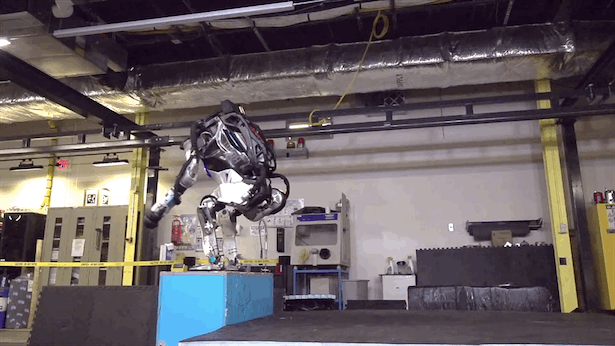
Atlas’ progress is stunning: Boston Dynamics’ robot is now able to perform backflips (Source: nerdist.com)
Even though the majority of artificial intelligence functions are making our lives easier, there are some setbacks or possible threats. More and more humans might become redundant in factories, due to robots, and even software developers cannot feel safe, as artificial intelligence is already capable of writing simple code.
We also shouldn’t forget about the hottest AI topic recently: the idea of autonomous vehicles. General Motors already announced that from 2020 their flagship vehicles will be autonomous.
Sounds good and convenient, but we need to remember issues like the lethal car crash caused by a self-driving car a few months ago. Was it a human’s fault or was the AI, at least partially, responsible?
Artificial intelligence input is inevitable. Contrary to these “scary” examples, we can see positive examples. A huge help of technology in science, automotive, and medicine. Obviously, the more scientists explore, the more they want. The question is – where is the border? And if there is any? 2018 is already a successful year for AI and this should be the trend to preserve. But, again, we must remain reasonable. If not, reality out of the scariest movies may come true. To be honest, I’m already pretty afraid of some of the Boston Dynamics robots.
Virtual reality (VR), augmented reality (AR) and mixed reality (MR)
The last-but-not-least example of a 2018 tech trend is sometimes called “the fourth dimension”. Most of you probably heard about VR and AR. Virtual reality shows us other, interactive places thanks to the goggles. And I bet at least half of the readers tried the viral Pokémon GO game – which uses the augmented reality. And MR? It’s a mixture of VR and MR, popularized by Microsoft. Which of these technologies is the best? All were predicted to succeed in 2018. But how is it in fact?

Some tech influencers say that VR and AR technologies are still quite popular but imperfect (low resolution, limited functions). Gadgets sales rates in 2018 aren’t that bad but a bit disappointing. And finally – how many meaningful AR/VR application you saw after the viral Pokémon GO? Thanks to Ink Hunter you can visualize tattoo before inking. Google Translate can help you understand the newspaper abroad. Finally, you don’t have to spend two days in IKEA choosing furniture, as IKEA Place lets you try holograms in your living room. That’s pretty cool but well – not enough for some users.
There’s a hope called the future. In fact, all these new realities are still very young but infiltrate wherever they can. Sooner or later, most companies may use these technologies to expand their marketing.
What’s more, “VR doesn’t have to be an isolating experience; it can be a social one”, as Cathy Hackl, high-tech enthusiast, wrote in her blog post VR: A new era for employee comm.
In fact, it may be the future of communication in business, providing virtual conference rooms. Also, the medicine may take advantage of mixed reality – it may raise complex surgeries to a higher level, showing precisely where the wound is. 2018 may not be as generous for “the new realities” as some predictors thought, but higher quality, more useful applications and further convergence with AI shall help.
See also: Quality Assurance software trends for 2019
Tech trends 2018 – summary
Were the predictions right? Well, almost every technology mentioned above had its ups and downs in 2018 but still can achieve more.
- We can risk the statement that forecasts were accurate. Industry 4.0 is already knocking at the door and if we let it in – it’ll stay with us for good.
- We’re witnessing the eve of the new era where the barrier between humans and robots fades away and the shape of smart cities, powered by blockchain energy and managed by intelligent machines, is in our hands.
The question is: how would we use this power?

